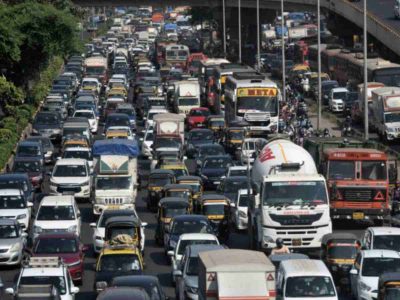Delhi experienced a decrease in its birth rate following the COVID-19 pandemic, with the rate falling from 18.35 per 1,000 population to 14.85 in 2020, according to the latest government report.
The ‘Annual Report on Registration of Births and Deaths in Delhi-2023′ also highlights that, out of 13,919 non-institutional births, 7,216 (51.84%) were female. Among 301,168 institutional births, 194,428 (64.56%) occurred in government hospitals. Of the total institutional births, 143,891 (47.78%) were female.
The report notes that one key indicator from the Civil Registration System is the birth rate, which between 2005 and 2019 fluctuated between 18 and 22 per 1,000 population. However, post-COVID-19, the birth rate has ranged from 13 to 15 per 1,000 population from 2020 to 2023. The report does not provide reasons for this decline.
In 2019, the birth rate was 18.35 per 1,000 population, which decreased to 14.85 in 2020, 13.13 in 2021, and further to 14.24 and 14.66 in 2022 and 2023, respectively.
Also Read: Food: US chef David Myers to take Indian flavours abroad
In 2023, over 95% of births were institutional, with the proportion of institutional births increasing steadily from 73.72% in 2005. The proportion of institutional births increased by 1.56% in 2023 compared to 2022. A total of 301,168 live births occurred in hospitals in 2023, averaging 825 live births per day.
Out of all births, 95.58% were institutional—61.71% in government institutions and 33.88% in non-government institutions—while 4.42% were non-institutional or domiciliary births. Government hospitals managed an average of 533 live births per day in 2023, up from 512 per day in 2022, compared to 292 per day (up from 262 per day in 2022) in non-government institutions.
Also Read: Visualising the resilience of Kashmiri Pandits
Regarding registration, 86.06% of births were recorded by the Municipal Corporation of Delhi (MCD), 12.86% by the New Delhi Municipal Council (NDMC), and 1.08% by the Delhi Cantonment Board. The data shows that only 13.79% of births occurred in rural areas, with 86.21% in urban areas.
The report also points out that hospitals and institutions do not consistently report stillbirth data to the Registrar (B&D). The Office of Chief Registrar (B&D) has urged medical superintendents to report vital events, including stillbirths, within the required 21-day period.
Furthermore, the report indicates that the ratio of institutional to domiciliary death events was 67:33 last year, with non-institutional events decreasing from 36.28% in 2022 to 33.06% in 2023. Out of 132,391 deaths registered in 2023, there were 7,439 infant deaths. (With inputs from PTI)





